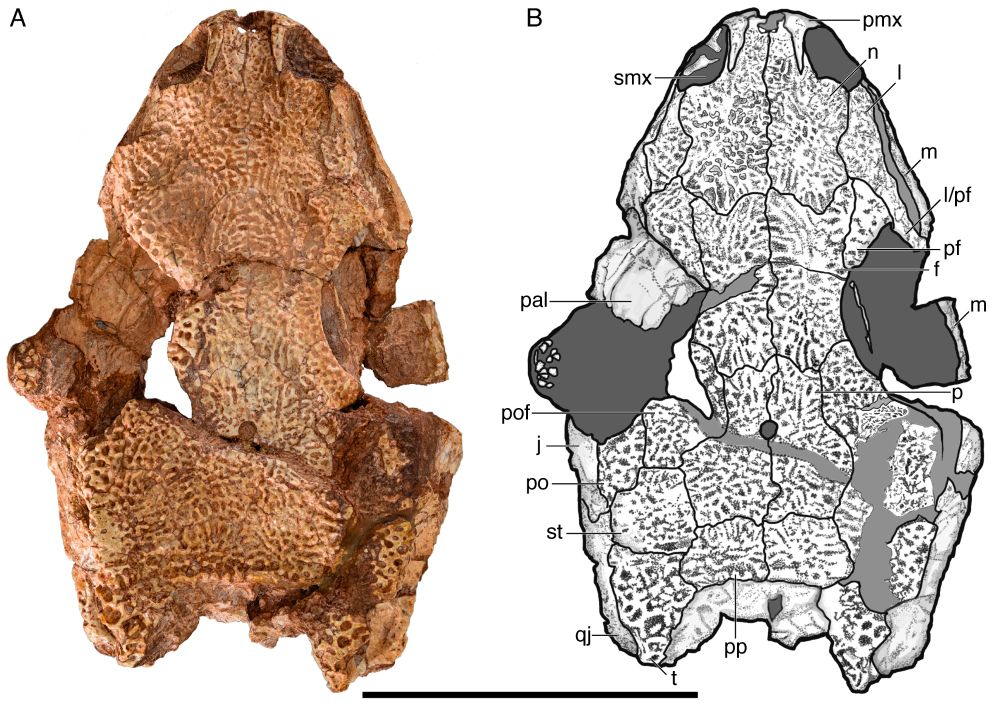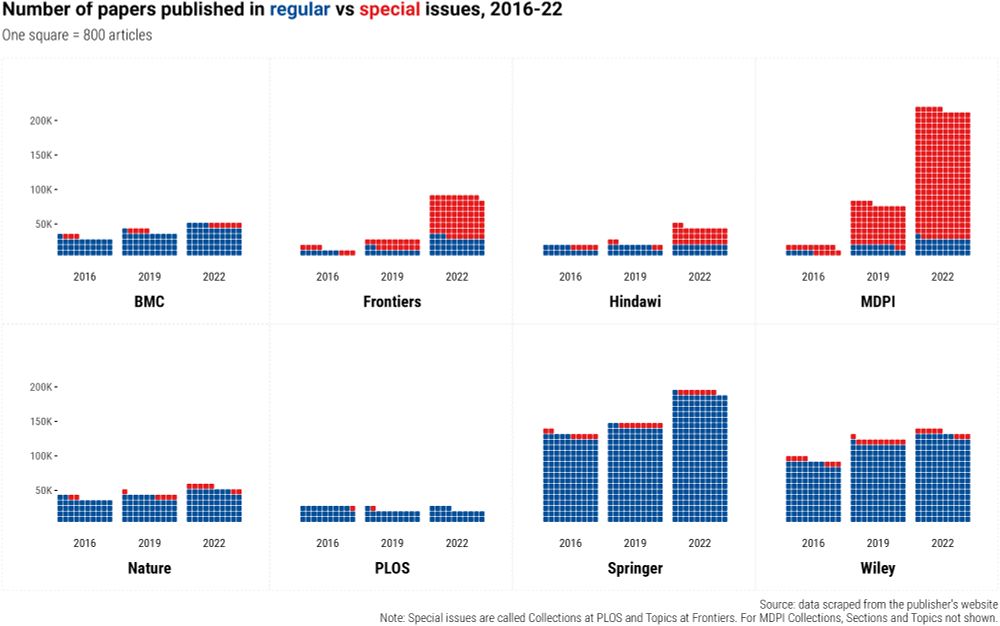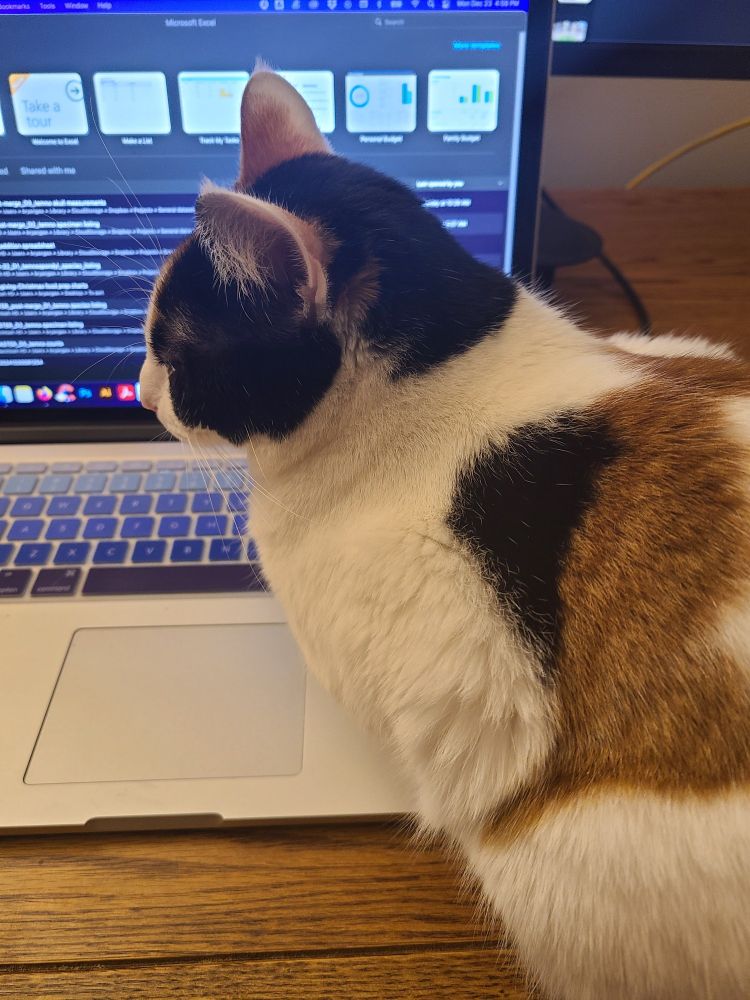
- 🐶 + 🐱 dad
- Amphibian paleontologist ☠️🐸
- BA in geology, PhD in ecology/evol bio
he/him; all opinions my own
🔗: https://bryangee.weebly.com/



















#BroaderImpacts
antarcticsun.usap.gov/science/4714/

#BroaderImpacts
antarcticsun.usap.gov/science/4714/



doi.org/10.1162/qss_...

doi.org/10.1162/qss_...






![Boardroom meeting meme where the boss asks how to get high-quality temno data. One person says the PBDB [Paleobiology Database], another says "skim papers", and a third says "Ask a temno worker", which is not well-received.](https://cdn.bsky.app/img/feed_thumbnail/plain/did:plc:r77jthil7pfwtx3pwyvoxnyd/bafkreiam3z662mt74lrucd77y3fmwtre73xsky7znx6w3u4uh67tdapx7a@jpeg)
![Astronaut gun meme where one astronaut says "wait the PBDB [Paleobiology Database] isn't reliable for temnos?" The one with the gun says "Never has been."](https://cdn.bsky.app/img/feed_thumbnail/plain/did:plc:r77jthil7pfwtx3pwyvoxnyd/bafkreiahfwqthadwg5xkgbktqlksppabqopnbulfl3edeiayt5iurx2kfa@jpeg)